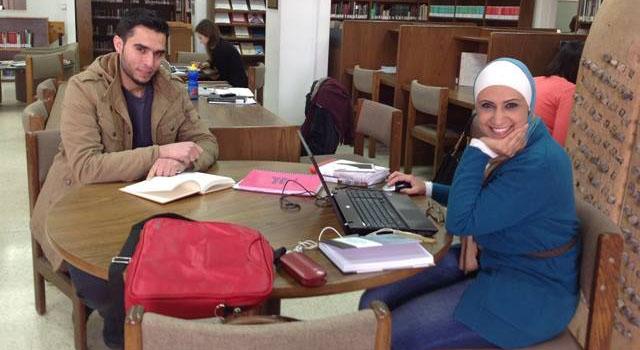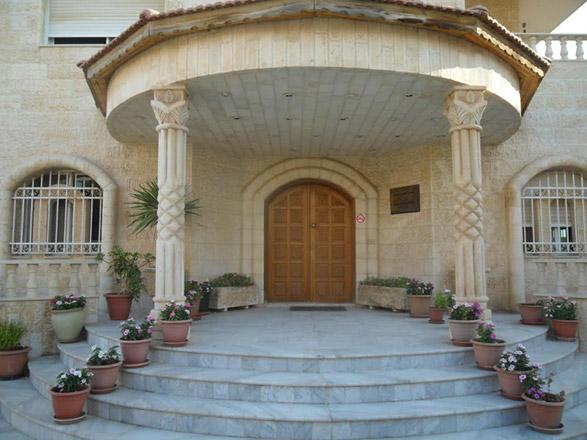You are here
‘Foreign researchers drawn to Jordan’s cosmopolitanism, openness to academic inquiry’
By Saeb Rawashdeh - Apr 16,2015 - Last updated at Apr 16,2015

AMMAN — Like thousands of young foreigners who came to the Kingdom to work for various international organisations and multinational companies or conduct academic research, Mary Pancoast also chose the capital as the next step in building her scholarly career.
“As an anthropologist, I am in Amman in order to understand the life, culture and society of the different people [here] on their own terms,” Pancoast said.
“In this sense, I am here to learn more from the people and from the experiences I have here.”
The anthropologist came to Jordan on her pre-doctoral fellowship which was provided by the American Centre of Oriental Research (ACOR), established in 1968 to promote scientific research of the Middle Eastern past and present.
The centre’s permanent headquarters was opened in 1986 in Tlaa Al Ali, near the University of Jordan.
It has become a hub for foreign and local researchers, offering a library of 40,000 volumes and periodicals on archaeology, history, sociology, political science, anthropology, architecture, conservation and art.
“ACOR is a wonderful place to conduct research and to meet other scholars,” noted Alex Brey, an art historian.
“The centre houses an outstanding library, and by hosting lectures and small conferences it also fosters an intellectual community of both Jordanian and international researchers,” he said.
Art and science can constructively bridge the gap between different nations, cultures and continents, according to Pancoast.
The centre regularly organises lectures on archaeology and ancient Middle Eastern history where international and local scholars discuss their findings, and it cooperates with local universities.
“ACOR cooperates closely with a number of Jordanian universities... we interact with the faculty and students in programmes for archaeology, anthropology, sustainable tourism and cultural resource management,” said Sarah Harpending, assistant director at ACOR.
“ACOR staff and also visiting scholars frequently participate in workshops and seminars that Jordanian universities organise,” she added
“Thus, I see that cooperation between foreign research centres and Jordanian academic institutions is working very well,” Harpending noted.
For his dissertation, Brey is researching the link between Umayyad art and its Byzantine and Sasanian precursors.
Besides the resources offered by ACOR, he said the Jordan Museum and the Numismatic Museum at Jordan Ahli Bank “have been extremely helpful and welcoming”.
In his opinion, the Kingdom as a whole is a place that nurtures scholars.”Researchers are drawn by Jordan’s openness to academic inquiry,” Brey told The Jordan Times.
Like him, Pancoast believes direct interaction with the local population is equally important as academic research.
“While I am here as a researcher, I am also living my own life and interacting with people in not just this formal capacity, but also as a human being,” she said.
“Amman is a cosmopolitan location in which I interact with people from vastly different walks of life on a daily basis.”
Jordanian hospitality and openness is also an important reason why she picked this city.
“Jordan — both its government and people —has been very welcoming and encouraging to scholars, and I believe that many people choose to come to Jordan to study and research owing to this hospitality as well as Jordan’s rich culture and heritage.”
Related Articles
AMMAN — Given the numerous threats facing archaeological and cultural heritage sites in Jordan and the region, whether from war, development
AMMAN — The Council for British Research in the Levant (CBRL), also known as The British Institute in Amman, inspires and supports high-qual
AMMAN — Political stability in the Kingdom, combined with regional turbulence, have increased the number of foreign students and staff worki












